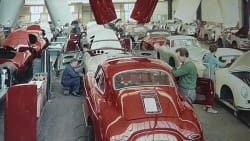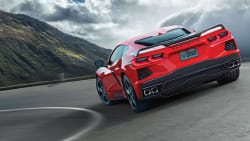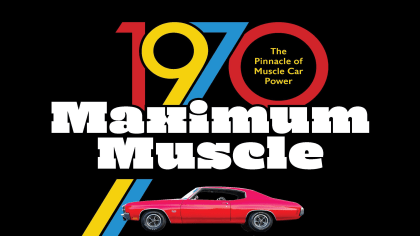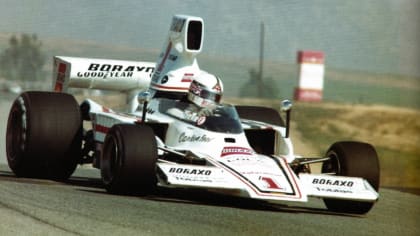Ferrari Formula 1 - Car By Car
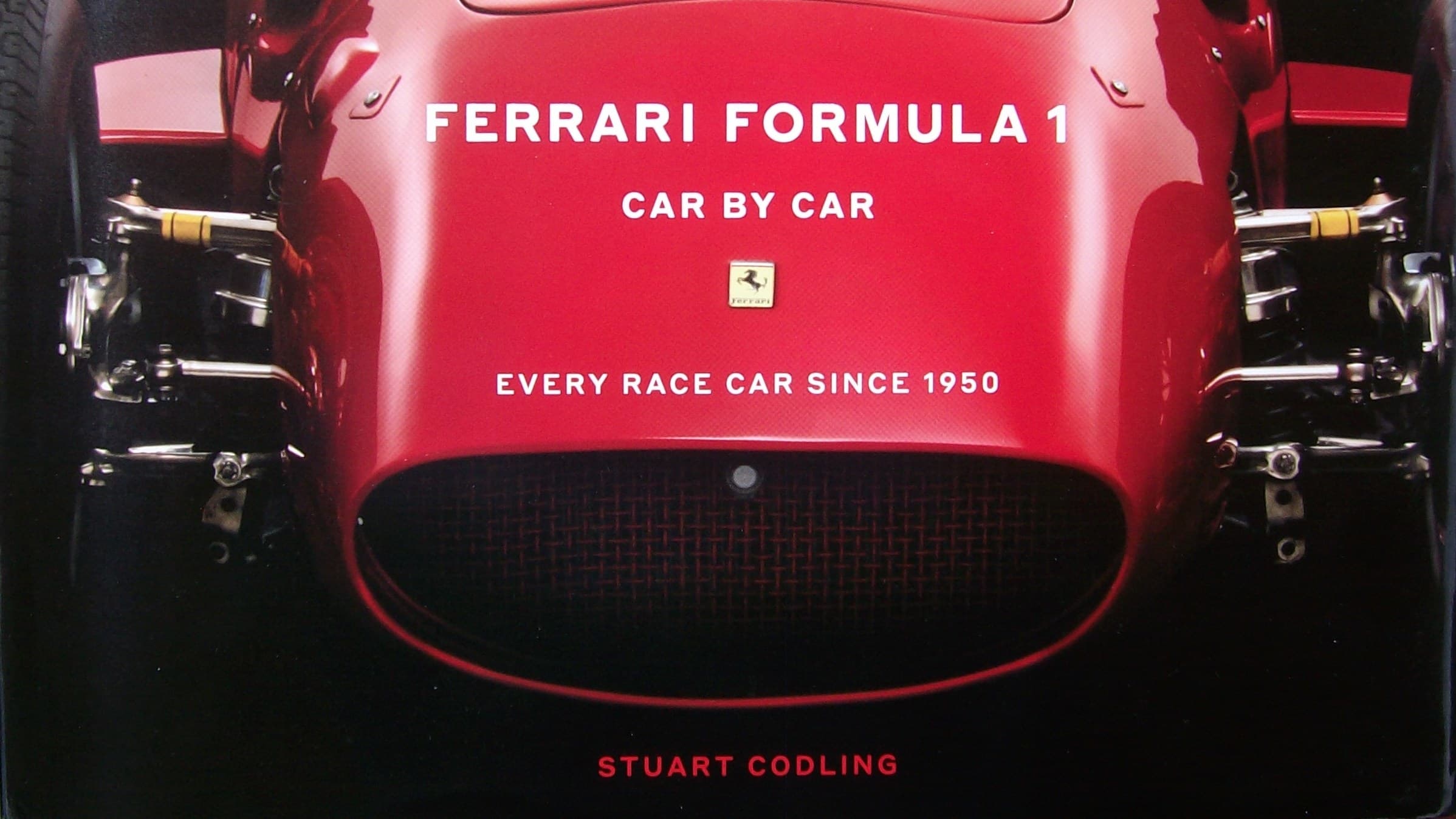
Book Review: Impressive specs, victories, defeats, and politics: Ferrari had it all - and still has.
This new, nicely illustrated, 223-page book by Stuart Codling reviews every Formula One car that has so far come out of Enzo Anselmo Ferrari’s fabled race shop since 1950, the inaugural year of the World Championship racing series that continues to present day.
By Hector Cademartori
Fri, May 21, 2021 05:17 PM PST
Author: Stuart Codling
Contributions by: James Mann
Publisher: MOTORBOOKS/Quarto Publishing Group USA
Format: Hardback, 224Pages
ISBN: 9780760367773
Illustrations: 200 color, b-w photos, tech drawings
Published: May 25, 2021
$60.00 USD / £40.00
The Ferrari team with its indelible rampant stallion logo on its flanks participated in every season and is the only team in the over 70 years of existence of the series that can make that claim. (Yes, a very impressive record, indeed.) Stuart Codling’s (the author) brief introduction tells the story of Enzo Ferrari, the world he grew up in, and his first skirmishes with the sport of motor racing until the formation of Scuderia Ferrari, as we now know it, in the post-war ‘40s.
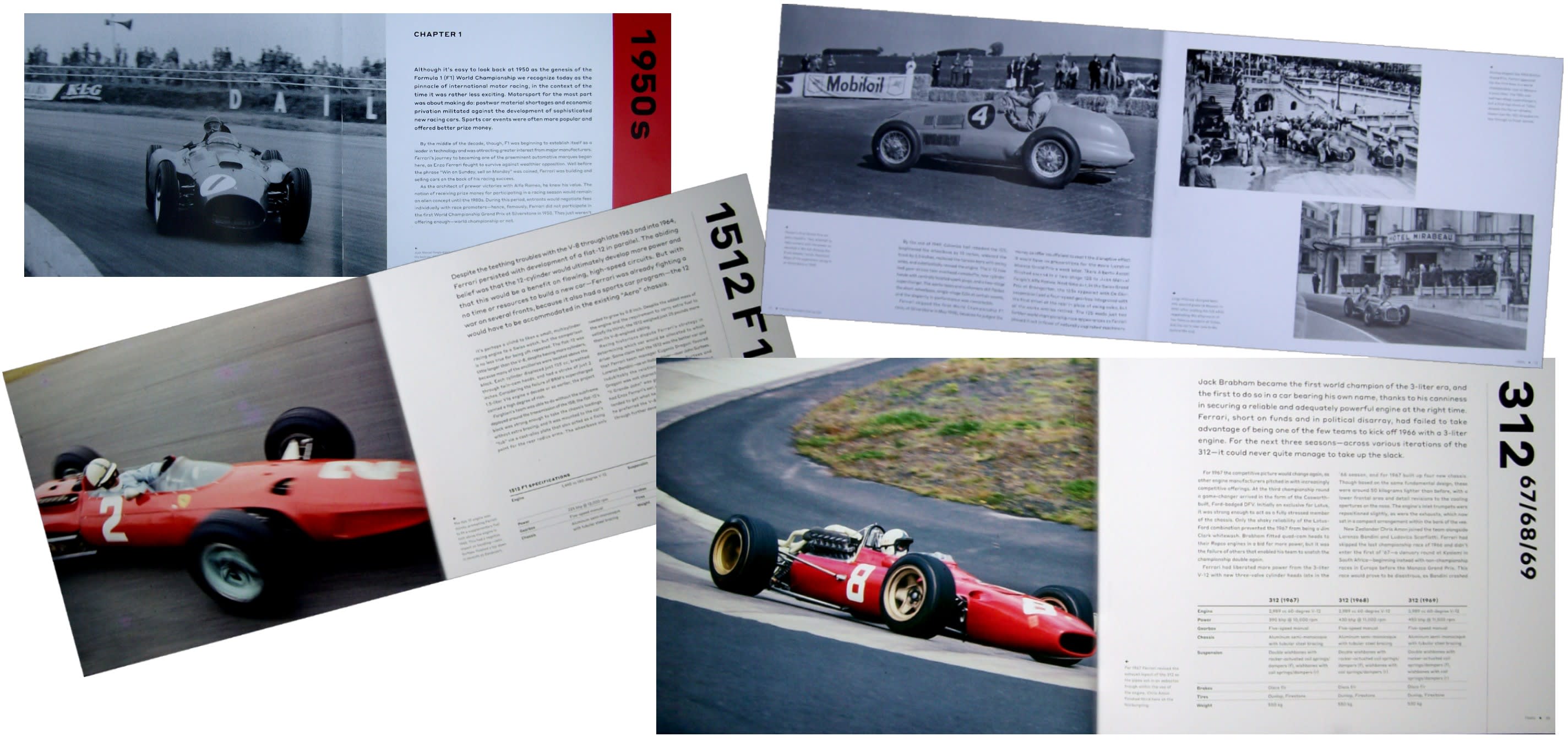
In these photos from the 50s and 60s: Ascari, Fangio, Surtees, Amon…
Seven Chapters, 200 Photos and Technical Illustrations
The seven chapters of this document are organized by decades with a technical description of each F1 racing car, the people involved in the development, the drivers and (in some cases most tellingly) the political atmosphere of the times, both inside and outside the team. Some 200 beautiful photos and wonderfully precise technical illustrations by renowned tech artist Giorgio Piola help readers define and visualize the eras as they are explored.
The articles for each car are kept at a digestible length - each one very interesting and informative - and in many cases explores political issues (again, inside and outside the team) which sometimes became more relevant and influential in the performance of the cars than the hardware itself. Codling manages to keep the book entertaining with a right-to-the-point, crisp, almost dry style in describing and fleshing out an otherwise extremely intense - to say the least - history of this racing team and its volatile, enigmatic “Commendatore” - Mister Ferrari.
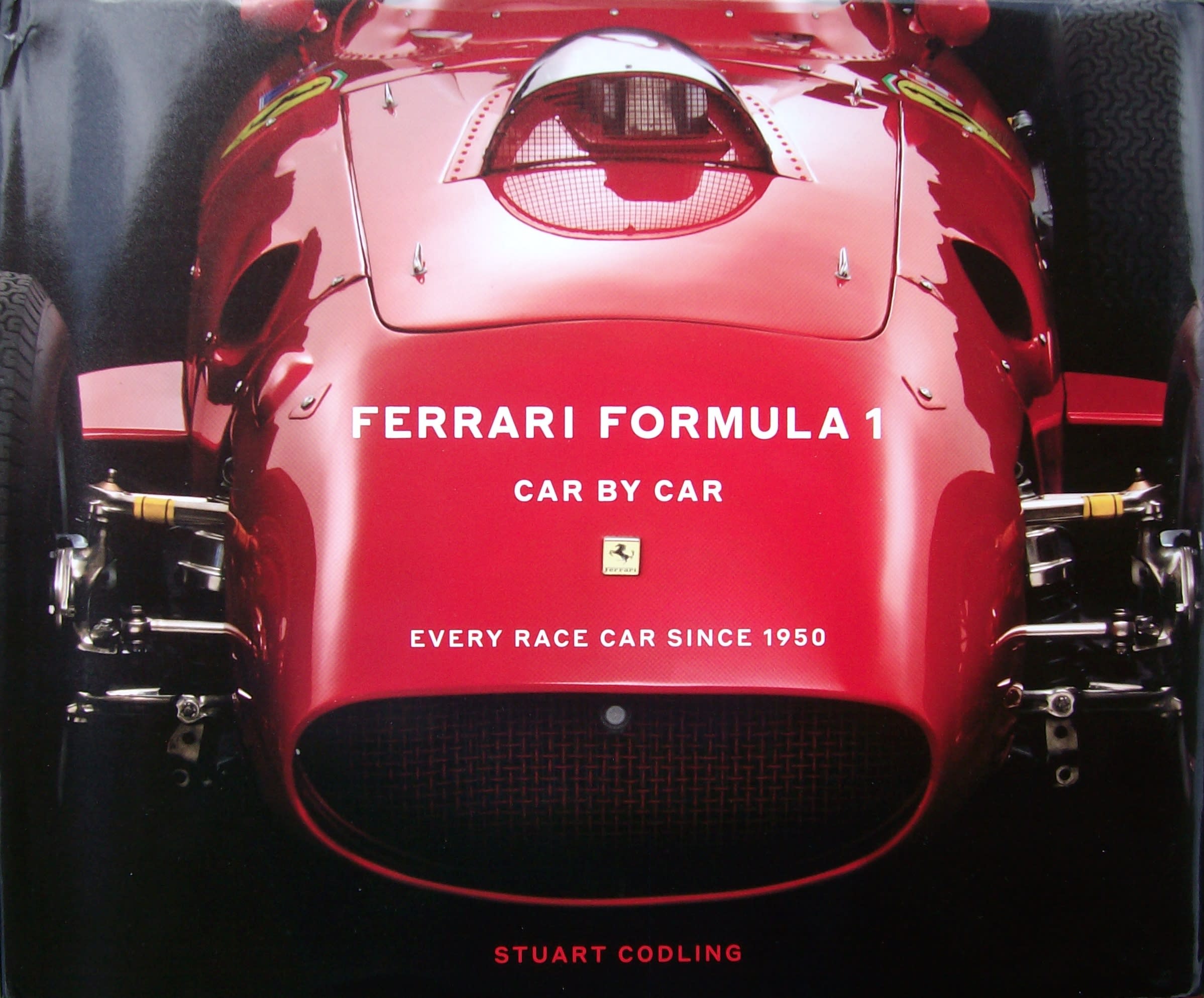
52 Ferrari Models - Since The First Grand Prix In Monaco
Without any doubt, it’s a lot of work to cover all 52 models and place them in the proper historical, political, and sporting context - this author deserves good praise for this herculean effort. Fittingly, the last section here is a complete statistical rundown of every Grand Prix race in which a Ferrari participated - replete with drivers' name, model of car, grid position, and eventual finishing results - from the first Grand Prix in Monaco 1950 to the last one this book covers in Abu Dhabi just last year (2020). Ferrari has been there from the very beginning and always at the forefront (and at the same time in the middle, on top and under) everything that has to do with this most advanced and popular type of motor racing.
At the same time, the history of the team could have been a modern day remake of Dante’s La Divina Commedia with its three parts, Purgatory, Hell, and Paradise. The Niki Lauda and Michael Schumacher eras seem to fit “Paradise” part of Dante’s ecclesiastical format quite well for Ferrari… while much of the rest is roller-coasters of drama, conflict, joy, and success - with seemingly inevitable and none-too-subtle relapses back to drama and conflict on a disturbingly frequent basis.
Being part of Ferrari brought with it the danger of somehow becoming an unwitting character in Dante’s masterpiece. Working inside this political maelstrom (which was 100% unadulterated, full-bore Italian drama) was like being involved in Italian politics or being associated with the vaunted and tempest-tossed Squadra Azzurra (Italian national soccer team) with the added pressure of the media and the rabid “tifossi” on top of everything which comes along with very high level motorsports participation in the first place.
Ferrari Corse - An Italian Drama Or A Company?
In fact, when some of the most descriptive words used in a book are: “febrile, disappointment, death, tragedy, suffering, tantrum, troubles, disarray, disaster, catastrophic failure, dispirited, terminally damaged, frustration, rancor, optimism, panic, rife, machinations, miserable, and dysfunction” (all of which got some exercise in the first half of the book!) … you can guess the type of issues that members of Ferrari Corse (the company) had to deal with on a daily basis.
Ironically, the roster of people who - willingly, mind you - went through the front gate to work at Via Abetone Inferiore 4 have always been a good percentage of the who’s who of racing.
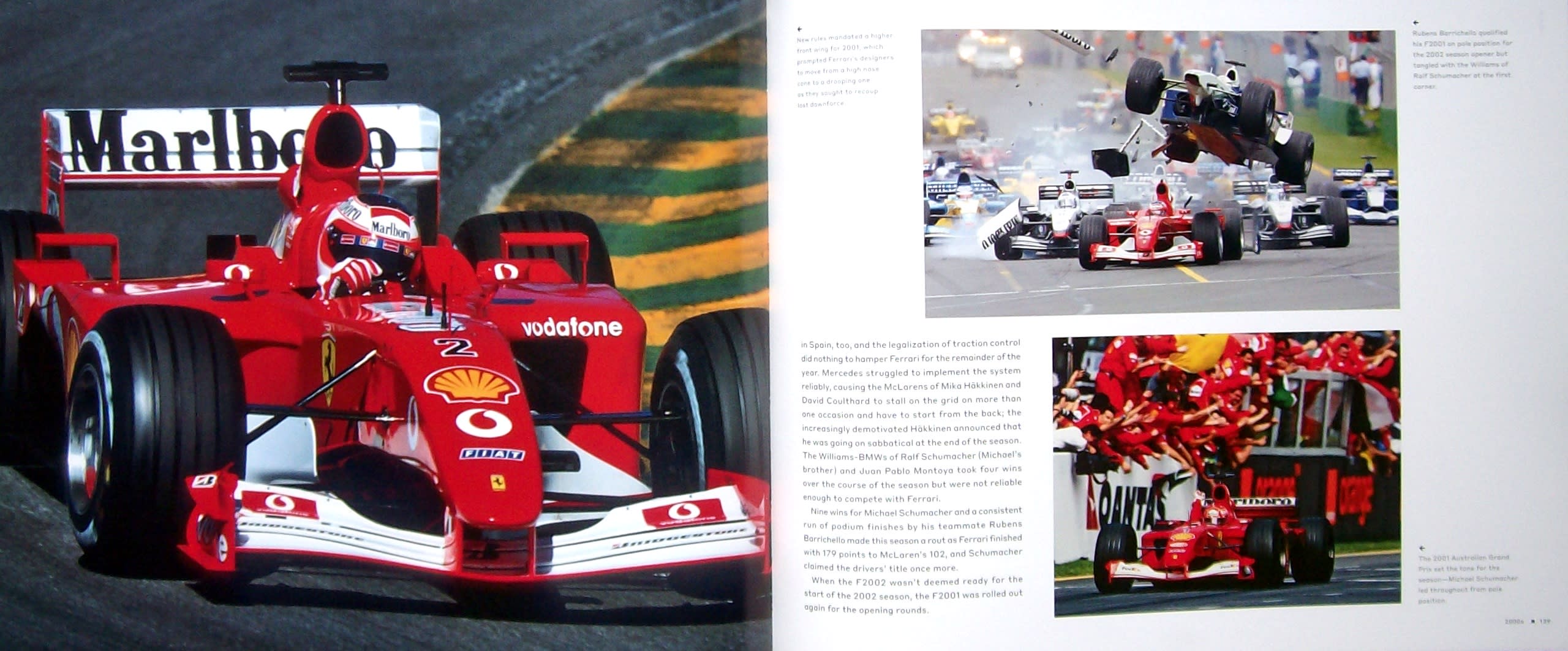
Like the wink of a beautiful Italian woman, working for Ferrari was impossible to resist and we’re sure of this … answering that invitation from Maranello has ended up sending more than one person grabbing for the nearest bottle of grappa.
And it still does... It’s the Team of Italy, after all. Salute!
Book Excerpts
The three excerpts presented here (and there are many more) are good examples of the climate on Planet Ferrari: beautiful cars, stalwart drivers - always fast on the race track but ever a seething cauldron of internecine war back at the factory:
In his section about the 1988 640, Codling describes a situation as follows: "But there were other, deeper problems in the Ferrari organization that finally come to head in the months before Enzo Ferrari’s death in the summer of ’88. Frustrated by lack of feedback from the aerodynamicists in Maranello, Barnard investigated and found that a faction involving Harvey Postlethwaite and chief aerodynamicist Jean-Claude Migeot, operating with the say-so of Enzo’s illegitimate son Piero Lardi Ferrari, was unilaterally working on his own design. A bust-up ensued in which Barnard emerged the unlikely victor, and Piero was exiled to a distant corner of the Ferrari empire. But Barnard would have to fight again after Enzo’s death, this time as the new managers drafted by Fiat got cold feet about the troublesome new gearbox".
The second is from the 2015 season and in the section about the SF15-T: "Fiat Chrysler Group CEO Sergio Marchionne, having added the position of Ferrari president to his resume over the winter following the departure of Luca di Montezemolo, quickly made his presence felt in the form of pressure behind the scenes".
The third is from the SF90 section stating: "The off-season between 2018 and ’19 brought further upheaval for Ferrari following the death of Sergio Marchionne that summer..." And following up with: "Marchionne was believed to have been planning to eject team principal Maurizio Arrivabene, whose abrasive management style had proved divisive, and to replace him with technical director Mattia Binotto. New president John Elkann, the grandson and anointed heir of Fiat magnate Gianni Agnelli, enacted the move over the winter".
About The Author

Hector Cademartori honed his racing art in Buenos Aires. In 1983, he left his job with Corsa Magazine in Argentina and moved to Southern California to specialize in motor racing art. Today, you can find Hector’s art on Indianapolis 500 Yearbook covers, Laguna Seca Raceway, Auto Club Speedway and Carrera Panamericana posters, the NHRA, foreign and domestic automobile and motorcycle magazines, motorcycle manufacturers, Toyota Motorsports, TRD and Lucas Oil. Hector races his 1973 Datsun 240Z “Ferratsun” around the So Cal circuits, and a 1991 Volvo 740 Wagon with the 24 Hours of LeMons.
